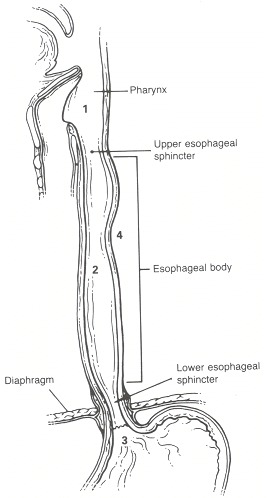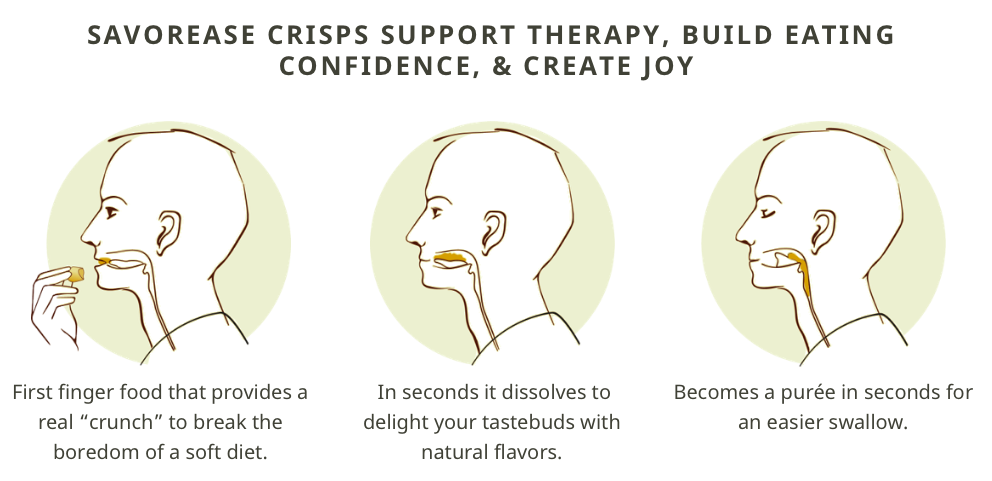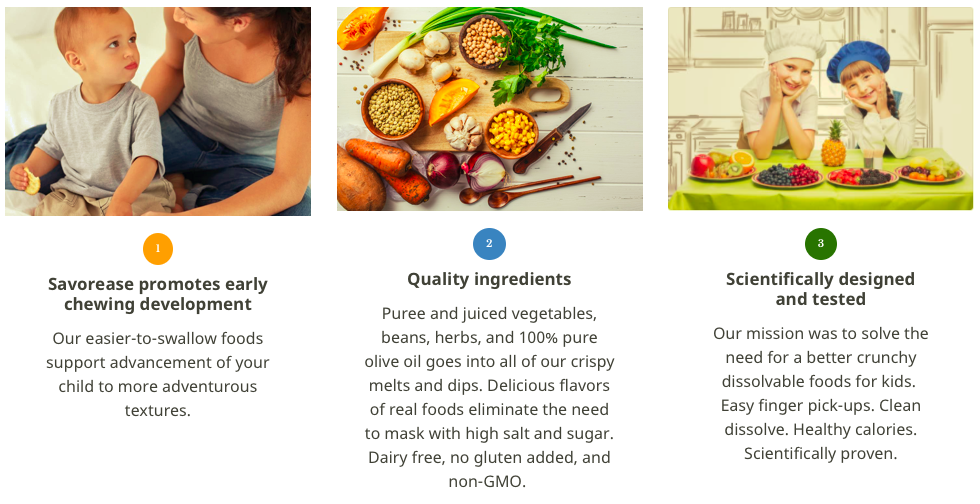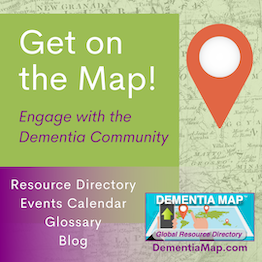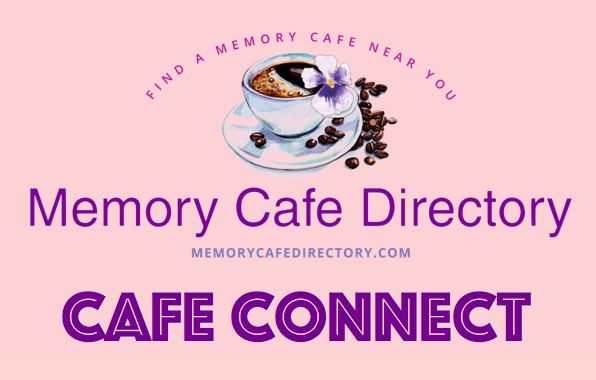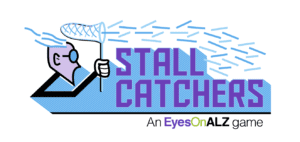Memory Cafe Directory posts and/or links to retailers can be advertising, sponsored, or affiliate links. We may earn a small commission from them. Thank you.
What is Dysphasia?
Simply, it is difficulty swallowing. Many individuals over 60 years of age have trouble swallowing food. Swallowing problems can occur gradually due to a progressing illness, or it can occur suddenly due to a life experience like an injury. Regardless of the causes of dysphagia, it is a condition that usually must be managed for a lifetime.
Fortunately, there is a tasty, satisfying, and nourishing line of products that makes swallowing easier for those experiencing Dysphagia. But first, let’s look into more of the details surrounding Dysphagia, then explore that exciting line of food products specifically designed to dissolve, swallow easily, and guess what… they are very tasty snacks!
First, some basics.
Dysphagia Symptoms
The Mayo Clinic shares this list of symptoms that may be present with Dysphagia:
- Having pain while swallowing (Odynophagia)
- Being unable to swallow
- Having the sensation of food getting stuck in your throat or chest or behind your breastbone (sternum)
- Drooling
- Being hoarse
- Bringing food back up (Regurgitation)
- Having frequent heartburn
Having one or more of these conditions doesn’t necessarily mean Dysphagia, but it’s always a good idea to discuss these or any other issues with your physician. Just to make sure.
Who is Affected by Dysphasia?
Over 15 million Americans find it hard to swallow food. Dysphagia causes include complications of different forms of dementia, Parkinson’s Disease, cancers of the head or neck, Multiple Sclerosis, and more.
When Dysphagia strikes, most of the enjoyment experienced through food vanishes. The reality for individuals with this newfound inability to swallow often includes various forms of liquid meals (often highly sweetened), pureed foods, and at the extreme end, possible feeding tubes.
Dysphagia Medical Terms
Although this is not meant to be a medical textbook, it does make sense to understand the basics surrounding the four types of Dysphagia. As you’re about to see, it’s much more than just “swallowing.”
Thanks to the National Center for Biotechnology Information, U.S. National Library of Medicine, we have a simple way to understand the four major types of Dysphagia. These vary based on the location of the impaired swallowing:
Oropharyngeal Dysphagia (Location 1)
Oropharyngeal Dysphagia is when it’s hard to move the chewed food from the mouth, down into the top of the esophagus.
Esophageal Dysphagia (Location 2)
Esophageal dysphagia happens when there is difficulty once the chewed food – or liquid – reaches the esophagus. Generally, the focus here is between the upper and lower areas of the esophagus and the coordinated muscle activity needed.
Esophagogastric Dysphagia (Location 3)
Here, the problem occurs at the point where the ingested material attempts to move through the lower esophageal sphincter and into the stomach.
Paraesophageal Dysphagia (Location 4)
In this case the problem is related to more physical reasons. Paraesophageal Dysphagia is when there is either something physically rubbing or apply pressure to the esophagus. For example, this can be something like a tendon or nerve.
Discuss with Your Physician
While this detail may or may not be of any benefit to your specific situation, it may add clarity with respect to the types of swallowing challenges being experienced. It may play a role in your future decisions about types of foods, their textures, and overall effectiveness.
The important issue here is this: always… ALWAYS discuss your concerns with your physician. Create an open dialog early and maintain it so that you can get important advice on an ongoing basis.
Dysphagia Treatment: What is Available?
There are four basic approaches to Dysphagia treatment:
1. ExerciseWorking with a Speech Therapist may allow you to learn how to strengthen throat muscles along with special techniques to help. For example, when swallowing medications, a semi-solid like yogurt can make it easier than with liquid. This may provide some relief by making swallowing easier.
2. MedicationFrom antacids to steroids to muscle relaxers, there is a wide range of medications prescribed for addressing Dysphagia. We’ll leave that to the medical professionals, of course, but it is important to know that some relief is possible.
3. SurgeryAlthough often a course of last resort, surgery may become part of the conversation. When various therapies and/or medications are ineffective, gastroenterologists may discuss surgery. Again with this option, we will leave this to the medical professionals.
4. DietNot much to say here, since diet and nutrition is the focus of this article. Just eliminating the foods causing issues isn’t the answer for a successful “Dysphagia Diet.” A balanced diet with a focus on healthy nutrition – and enjoyment! – is critical.
Fortunately, there is an answer. More on that in a moment.
Why all this attention to food?
Food is of course a necessity for survival. It is our fuel. It gives our body energy to fully function as a human being. If food were like the fuel for a car, we would fill up, drive smoothly, and when empty, would fill up again.
The reality though, food is much more than just fuel. Our association with food is complex and deeply rooted in family history and culture. It is primal to think of food first and ensure we have enough, especially during trying times like the COVID era.
In many families, food is how they show love. It can be a creative expression or it can symbolize the change of seasons. It can be tied to our religion or our beliefs or it can become part of our identity.
Have you ever stood behind somebody at a coffeehouse and hear them use 10 adjectives before they actually use the word coffee? It’s so much more than a drink!
So why is it that when someone has an illness such as Alzheimer’s Disease, Parkinson’s Disease, or other dementias, and they experience unwanted weight loss, food gets a new name? Now it becomes nutrition.
We don’t eat nutrition. We eat food.
Food is basically protein, calories, and fat. When someone is has Dysphagia, it is important to think about maintaining weight and eating the right foods to support overall health.
The swallow function may have changed, but are there ways to adapt and keep what we can of the familiar eating experience. A key element is to keep it enjoyable. This is important not only for the person with Dysphagia, but also for the caregiver.
There is no nutrition in food not eaten. By improving Dining Health, perhaps we can increase the desire to eat and of course the nutritional benefits that go along with healthy eating.
What is Dining Health?
Dining health refers to the environment we create to improve the eating experience. Where we eat, those with whom we eat, and when we eat might be equally if not MORE important in determining how much we eat than the actual food itself.
Another important key to Dining Health is creating a positive experience for the person with Dysphagia and the caregiver. The reward could be the emotional gratification for both from improved food enjoyment and gaining more eating independence.
Dining health can be divided into three simple categories:
Setting the Stage
- Atmosphere of the table
- Acceptable quantity of the food
- Table and chair allow for the right body posture to support the swallow
- Provide tools or food that allows for self-feeding
- Understanding food behaviors and trying to find foods that match preferences
Picking the Moment
- Do our body hunger clocks follow an alarm set for breakfast, lunch and dinner?
- Are there healthy, accessible choices for small and larger meals?
- Can we try to feed more when energy is higher, and eating fatigue won’t be as quick?
Making it Social
- Sitting with someone encourages conversation. Conversation encourages eating. Eating encourages health.
- Visual modeling is a good way to start. Eating in front of each other and eating the same foods inspires healthy eating behaviors.
- Bring in conversation from loved ones with zoom calls so they can have a virtual seat at the table.
- Consider an activity like Memory Cafe Directory’s Memory Joggers to add engagement to the conversation.
All Roads Lead to One Place: The Food
As you’ve read, Dysphagia is a serious issue for a considerable number of people. We’ve seen some treatments for it, but frankly, the only appealing option is addressing it with diet.
We’ve seen how the eating environment can play a role in improving diet. Practicing sound Dining Health is a good first step. However, it is the food that our loved ones must swallow that is critical to helping them stay nourished, strong, and healthy. How do we help them do that?
Fortunately, there is a tasty answer to that question: Savorease.
Savorease: The Pursuit of an Impossible Food
Good things happen when a child with a jaw growth issue causing her pain and difficulty, grows up to be a successful dentist (a prosthodontist, actually.) Add in the experience as a chef who studied at a French culinary school, and we get a valuable result for the Dysphagia community: Savorease.
Dr. Reva Barewal has created a wonderfully effective, enjoyable, and satisfying line of foods designed specifically to support individuals living with Dysphagia. First, learn more about her and her mission:
Therapeutic Food with the Artisan Taste
Savorease’s mission is to “provide food for your table that was created with compassion, and supported by clinical evidence.” That clinical evidence is best summed up with this diagram:
Now the Food!
Savorease has a wonderful selection of foods that are very satisfying to eat because they allow that satisfying “CRUNCH.” However, they are specifically designed to quickly dissolve to make the rest of the consumption process work well.
Nutrition? Absolutely! Savorease foods have been formulated with full nutritional value in mind. They allow the fun of snacking, but with the benefits of sound nutrition. Try that with your (previously) favorite snack food!
Easy to Swallow Foods for Adults
Who doesn’t love dipping a carrot in a bowl of hummus! Now it can be done “strategically” with foods that help the process. Here’s an example of a tasty pairing:

|

|
This is just a small sample of what Savorease offers. Here’s some more:
- Harvest Chicken Crisps
- Savory Snap Pea Crisps
- Not sure? Get the Trial Box of all 3 Crisps!
As you can see, it’s easy to get started on the path to a more fun eating experience!
Something for the Kids!
You may be challenged to get a full nutritional package down your children (or grandchildren) on a regular basis. Why not use Savorease as a strategy to introduce the same kind of enjoyment? Visit to see what Dr. Reva has developed for our little ones!
Dysphagia and a Solution
Dysphagia affects the lives of over 15 million Americans. In fact, 10 million people are evaluated each year for swallowing difficulties in the U.S. alone. Because this disorder cuts across so many diseases, Dysphagia is poorly understood and often under diagnosed.
Our entire society revolves around food and meals. While there are strategies ranging from medications to surgery that address Dysphagia, a much better approach is to improve the overall eating experience.
Savorease helps our loved ones enjoy the eating experience. But more than that, these tasty foods assist in providing satisfying nutrition, helping to keep them nourished, strong, and healthy.


